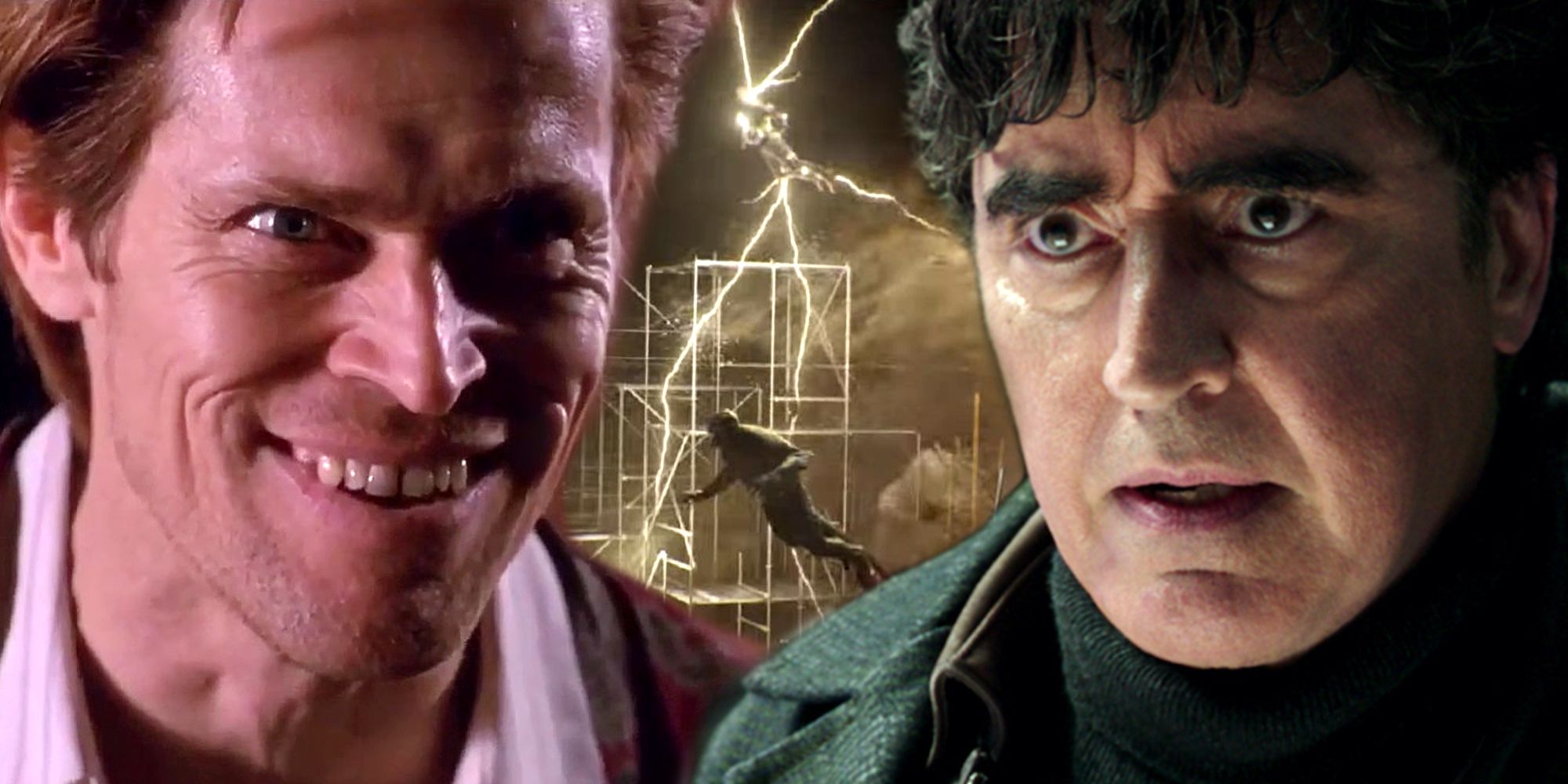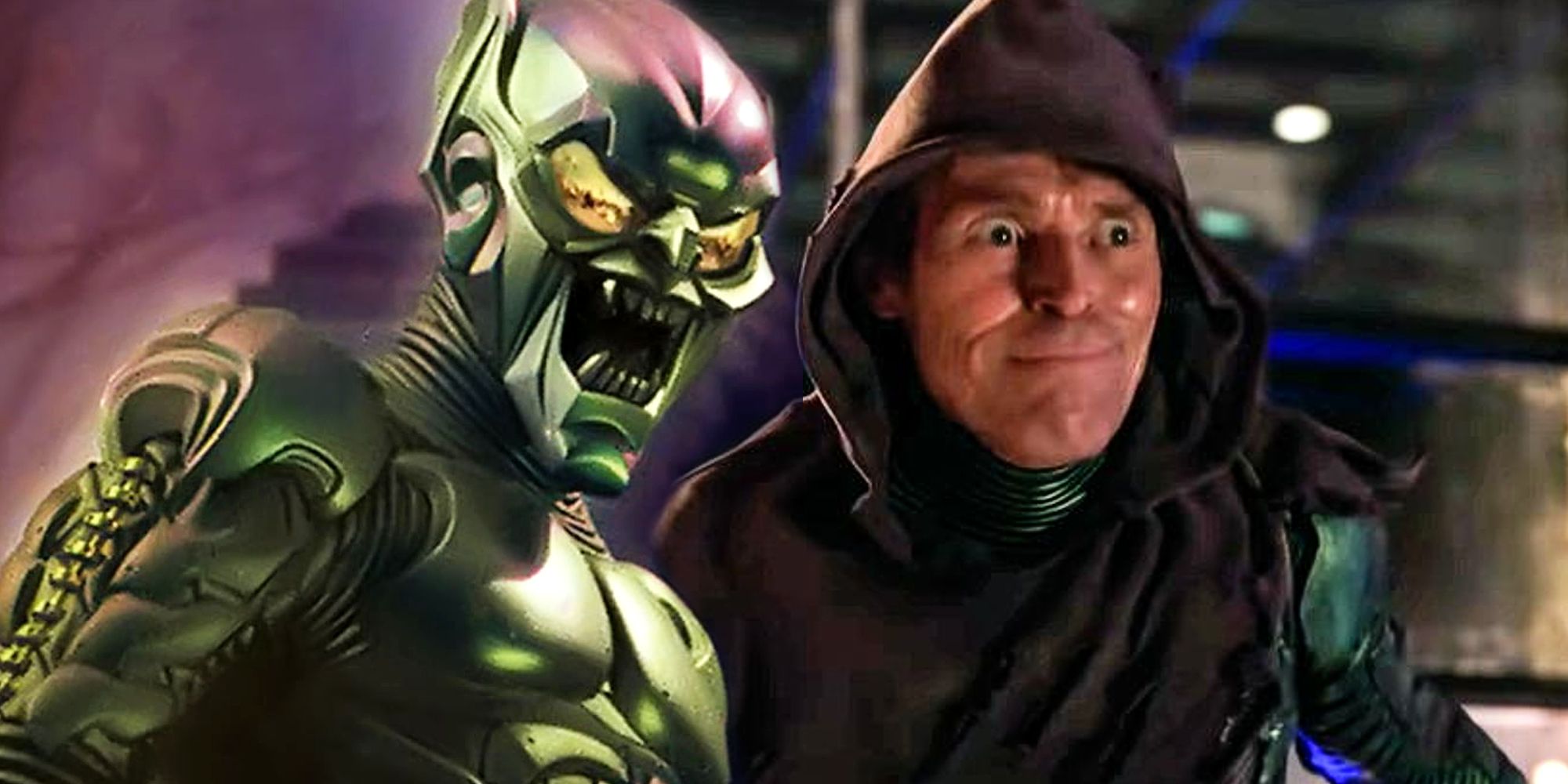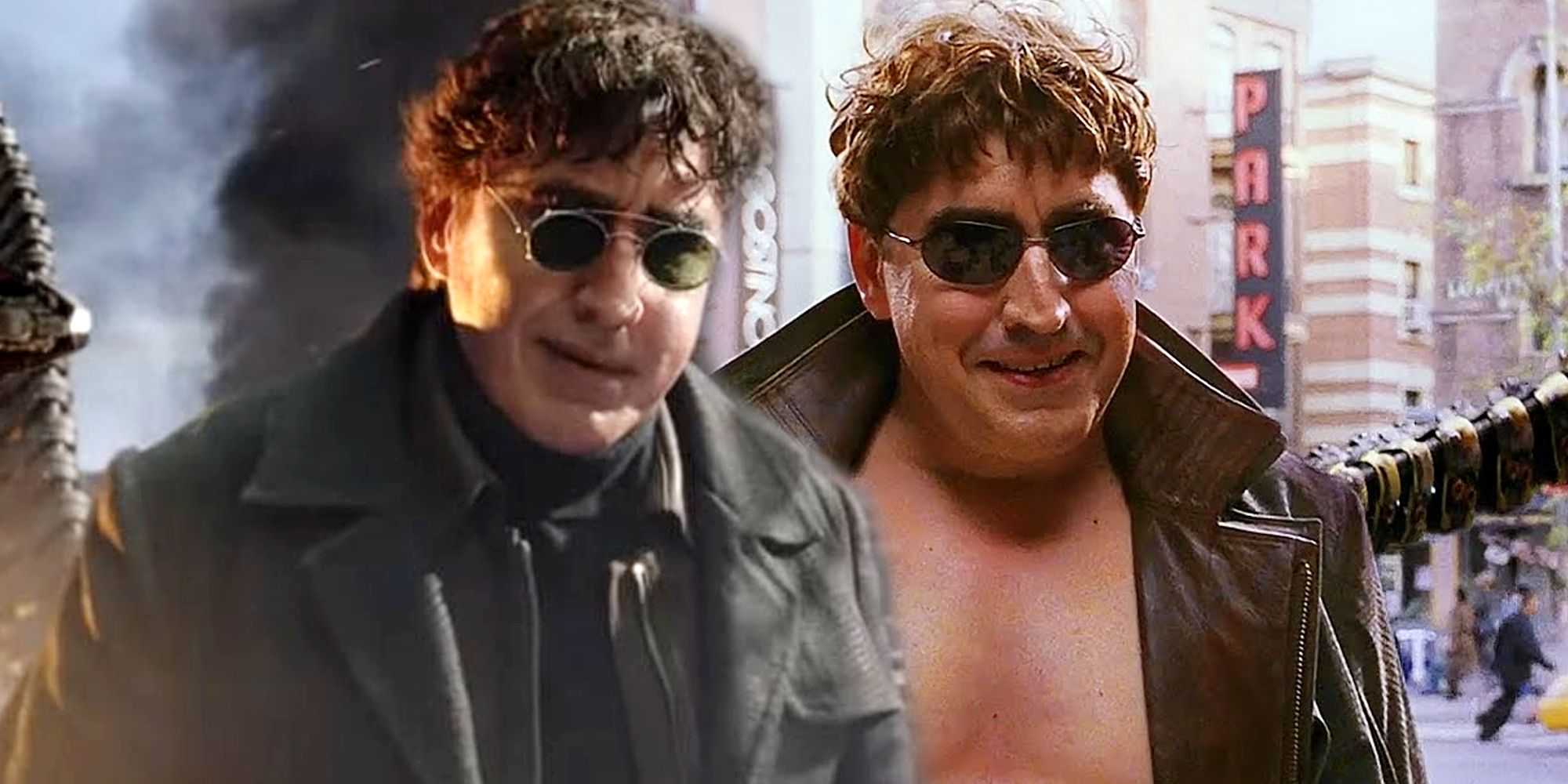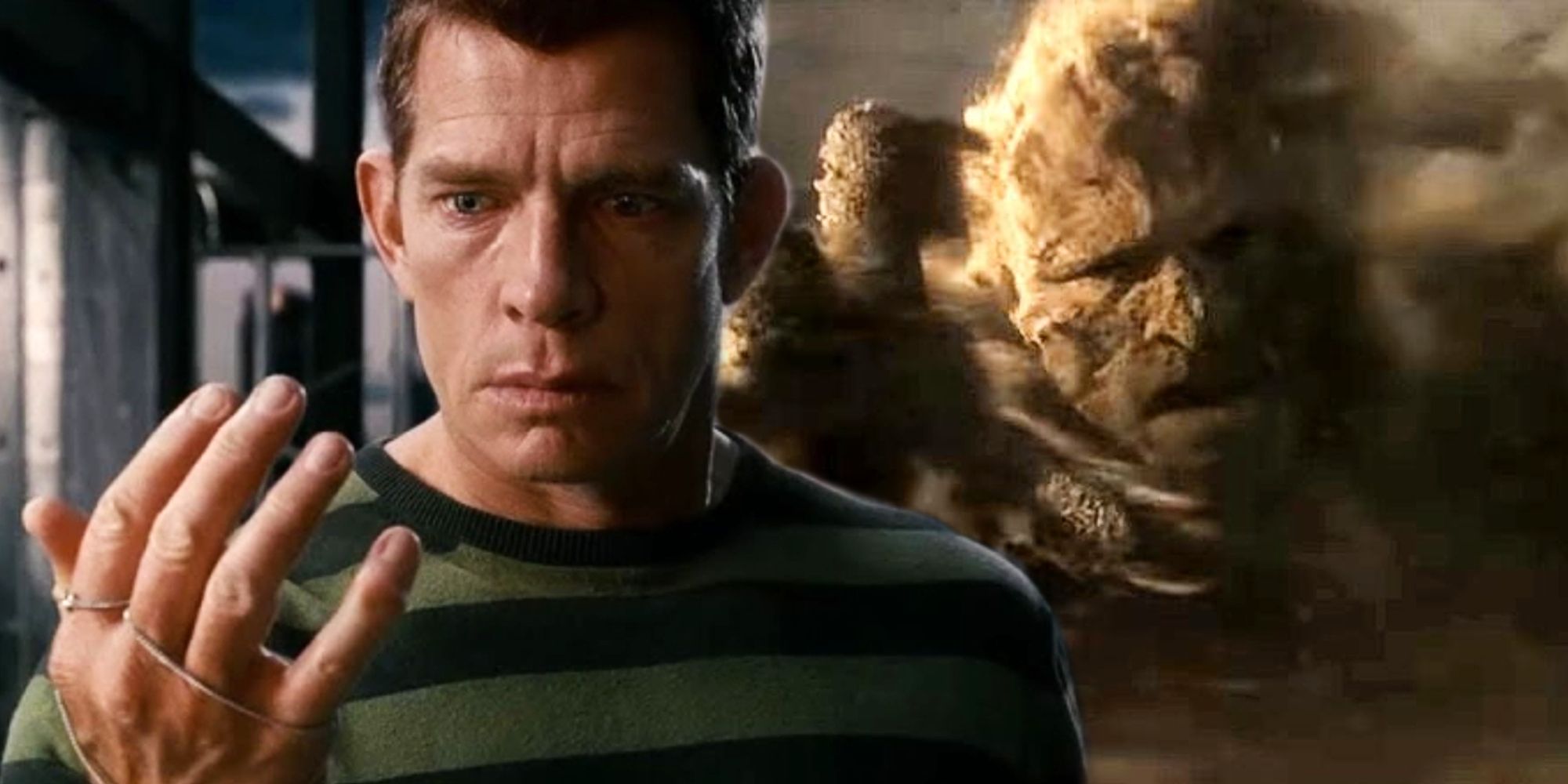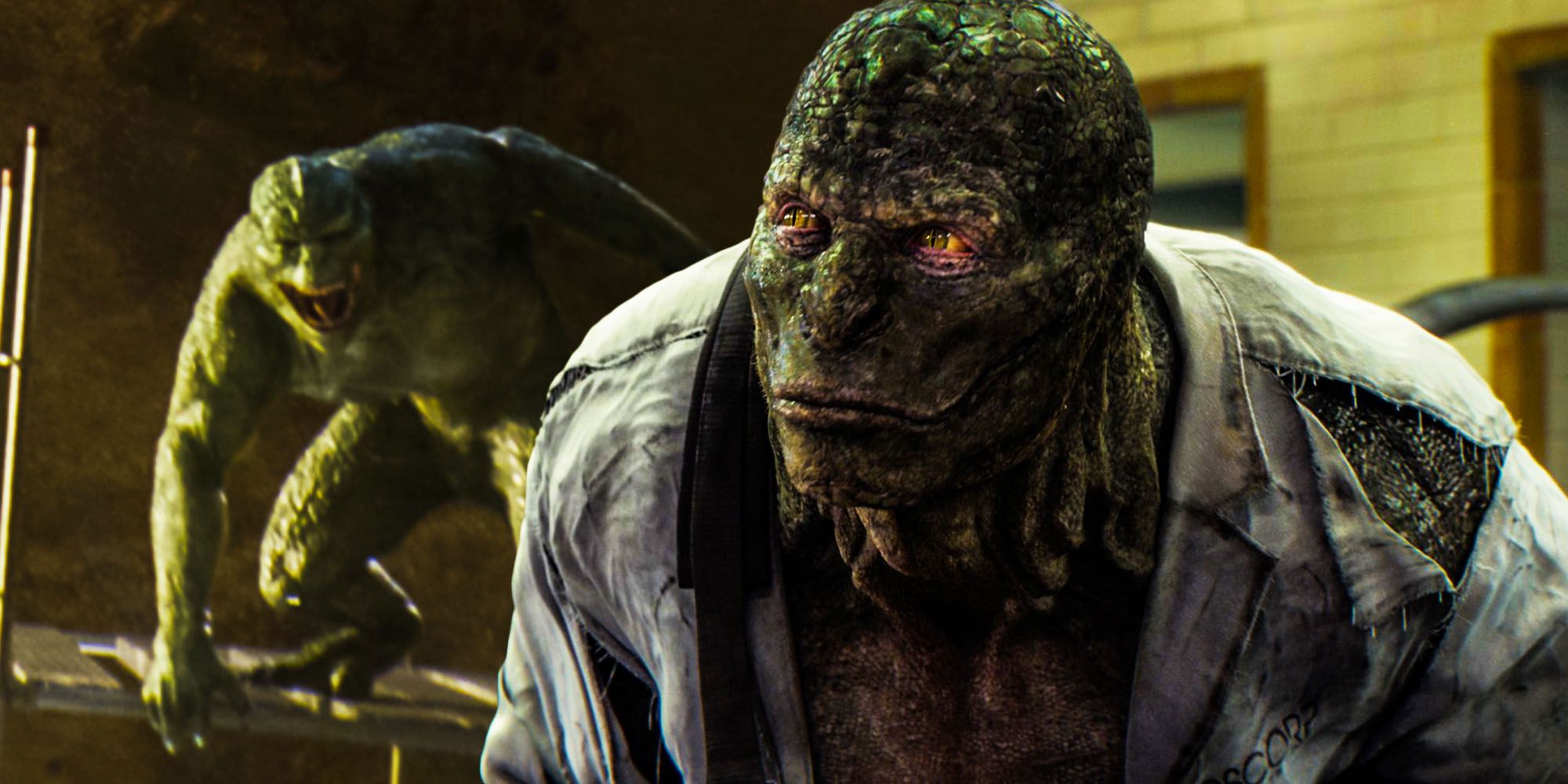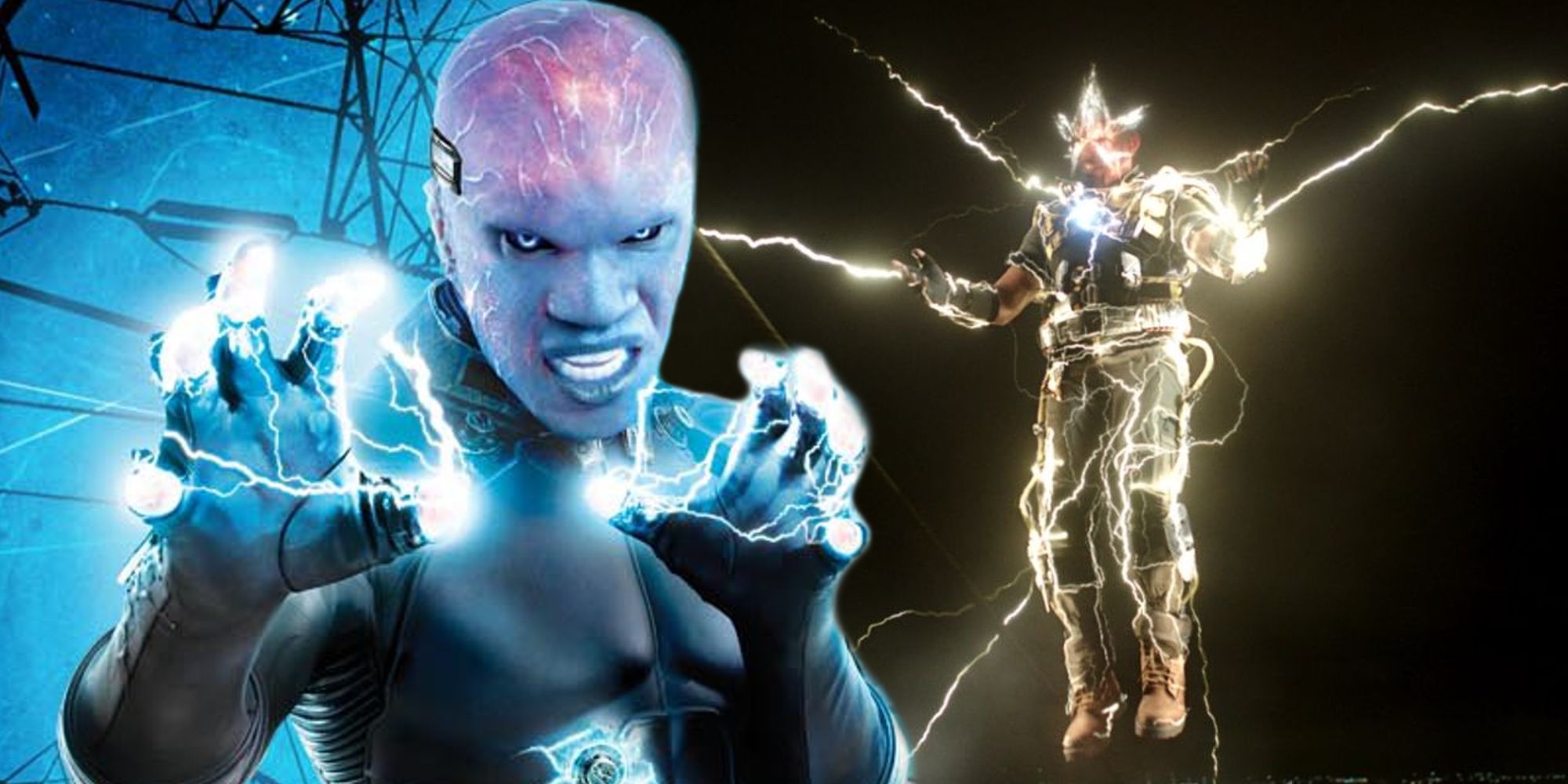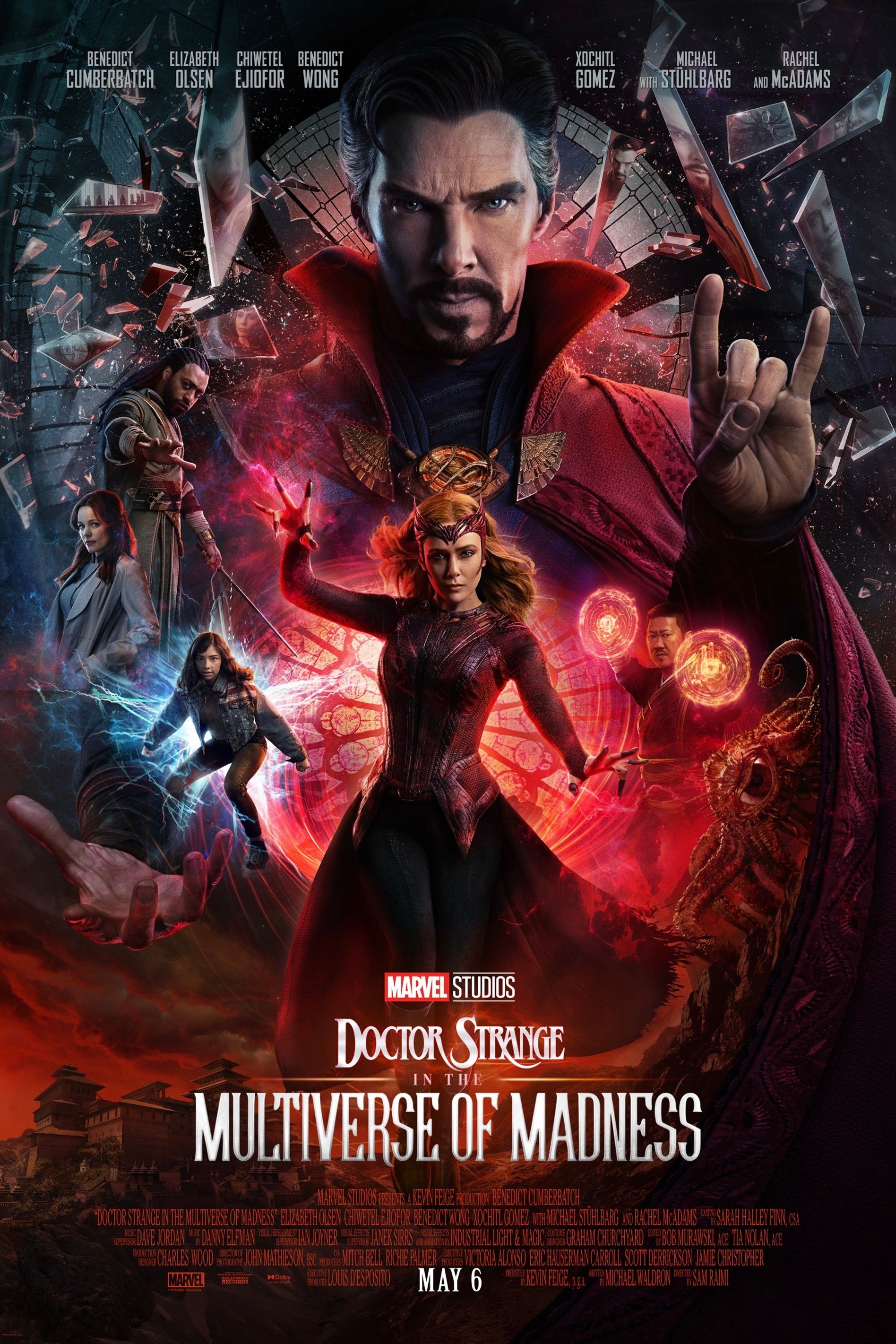Warning! SPOILERS for Spider-Man: No Way Home
All the villains who return in Spider-Man: No Way Home have changed in one way or another — here's how Green Goblin, Doctor Octopus, Sandman, and Spider-Man: No Way Home's other villainous characters have evolved since their live-action debut. The central conflict of Spider-Man: No Way Home is based on the arrival of Peter Parker's multiversal villains, most of whom know the secret identity of their respective Spider-Men. Although countless other villains like Kraven and Rhino could have slipped through the multiversal cracks of the MCU, the reason why only five of the Sinister Six came was that audiences already knew them from previous Spider-Man movies.
Green Goblin, Doctor Octopus, Sandman, Lizard, and Electro are undoubtedly some of Spider-Man's biggest enemies. They all have been part of the Sinister Six in at least one iteration of the team and they have influenced Peter Parker's story in major ways. However, their roles in previous Spider-Man movie stories meant that their MCU counterparts couldn't be too similar, as they would risk making the MCU's Homecoming trilogy too repetitive. Fortunately, Marvel Studios and Sony found the perfect way to bring Spidey's biggest villains into the fold by letting Willem Dafoe, Alfred Molina, Thomas Haden Church, Rhys Ifans, and Jamie Foxx reprise their roles.
The most exciting aspect of the villains' return is that they are the same version of the characters introduced in Sam Raimi's Spider-Man and the Amazing Spider-Man franchises. However, it was evident that Spider-Man: No Way Home had the chance to fix some of their flaws and push them forward in their narrative journey. Here's how the MCU's multiversal Sinister Five have changed.
Green Goblin
As soon as Norman Osborn first appeared in Tobey Maguire's 2002 Spider-Man, Willem Dafoe proved that his iteration of the character would be one of the best-ever live-action adaptations of a comic book villain. Dafoe's performance as the elegant, fatherly CEO of Oscorp contrasted perfectly with the unhinged Green Goblin, who managed to be a surprisingly disturbing villain back when superhero movies were only beginning to find their footing in Hollywood. Green Goblin's costume is infamous for being too difficult to translate to live-action properly, and it did hinder Dafoe's performance at times during his original appearance. Yet, Willem Dafoe's voice, mannerisms, and iconic laugh cemented who could have been a goofy character as a villain to reckon with.
Spider-Man: No Way Home finally gives Willem Dafoe the chance to go all out with the character, who now sports a new comic-accurate Green Goblin costume. Besides upgrading his look, the lack of Green Goblin's classic mask finally allows Willem Dafoe to show his acting chops. The divide between Norman Osborn and the Green Goblin is now clearer than ever, with Norman as a fragile old man suffering from mental illness and the Green Goblin as a maniacal sociopath who successfully manipulates his fellow villains and doesn't hesitate to kill Aunt May, try to murder MJ, or stab Tobey Maguire's Spider-Man in the back. Perhaps one of the biggest highlights of Spider-Man: No Way Home is the scene where Green Goblin laughs hysterically while Peter Parker beats him up, which may go down as one of the most intense moments in all of the MCU — and all due to Willem Dafoe's masterful performance as Spider-Man's arch-nemesis.
Doctor Octopus
Alfred Molina's Doctor Octopus is famously the main villain of Sam Raimi's Spider-Man 2, which is often regarded as the best comic book movie of all time. From his tragic origin story to his heroic sacrifice, his exciting action sequences, and his visually impressive mechanical arms, the reasons why Molina's Doc Ock is considered the most flawless live-action adaptation of the Spider-Man villain one could wish for are obvious. 17 years after his introduction, Spider-Man: No Way Home did what many believed was impossible and not only respected Sam Raimi's vision for the character but also gave him space to evolve.
By plucking Spider-Man's villains from their universes right before they died, Spider-Man: No Way Home let Doctor Octopus return to his evil self. Alfred Molina somehow looks even better as Doc Ock this time around, with small tweaks to his movements, posture, and the delivery of his lines when he's influenced by the tentacles, not to mention the return of his iconic round glasses. The scene where Doctor Octopus regains control of his conscience is as emotional as the first time he redeemed himself in Spider-Man 2, if not more so, and his longer stint as a hero proves why he's one of the most complex Spider-Man villains to ever grace the screen. Doctor Octopus's dialog, including a brief conversation with Tobey Maguire's Spider-Man, is also a highlight of the movie.
Sandman
Thomas Haden Church wasn't as lucky as Green Goblin and Doctor Octopus when it came to screen-time in Sam Rami's Spider-Man 3. However, he managed to steal the spotlight with his emotional performance and comic-accurate look. Flint Marko's only motivation was to protect his daughter, which he couldn't do because of his nature as a criminal-turned-monster. Although the reveal that Sandman was Uncle Ben's murderer felt too forced and Spider-Man 3 was too overcrowded to let him shine, Sandman still remained one of the threequel's best elements.
Spider-Man: No Way Home doesn't give Sandman much to do, but even though the movie has many more characters and complicated plot points than Spider-Man 3, it still does Sandman justice. Flint Marko walks a tight line between hero and villain only because he wants to get back home to his family as soon as possible, and brief moments like his naïve greeting to Tom Holland's Spider-Man respect the innocent personality of the antagonist. Many fans of Sam Raimi's original Spider-Man trilogy may be upset that Thomas Haden Church only voices Sandman, who only returns to his human self through repurposed footage from Spider-Man 3, but having the villain back with his original personality and motivation is certainly more than enough to please die-hard Spider-Man fans.
Lizard
After various iconic Spider-Man villains made a huge impression in Sam Raimi's Spider-Man trilogy, Rhys Ifans' role as Dr. Curt Connors in The Amazing Spider-Man had a lot to live up to in the 2012 reboot. Unfortunately, the Lizard didn't possess the same complexity as Willem Dafoe's Green Goblin or Alfred Molina's Doctor Octopus, and his simplistic CGI appearance left many fans disappointed. Still, Rhys Ifans clearly did his best with what he could, as many hair-raising scenes opposite to Andrew Garfield's Spider-Man in The Amazing Spider-Man showed.
Similar to Sandman, the Lizard's role in Spider-Man: No Way Home is surprisingly sizeable in relation to his popularity. While the Lizard is captured by Doctor Strange off-screen and Dr. Connors decides to stay outside Aunt May's apartment while the other villains are being cured, No Way Home lets him speak in non-action sequences, which proves that he isn't just a mindless monster. The Lizard also has plenty of screen-time during the action sequences of the final act, where he meets Tobey Maguire's Spider-Man, has a rematch with Andrew Garfield's, and almost eats MJ and Ned Leeds for dinner. Two details that may disappoint some fans are that Curt Connor's human form is also repurposed footage from The Amazing Spider-Man and that the Lizard's look isn't updated.
Electro
When it comes to drastic changes in Spider-Man: No Way Home, Electro takes the crown. Despite the talent of Academy Award-winner Jamie Foxx and the hectic soundtrack that accompanied his performance, Sony's handling of the villain in The Amazing Spider-Man 2 left much to be desired. Max Dillon was too simply too cartoonish, both as a human and as an electric monster. Electro's blue look wasn't well-received, and his final battle against Spider-Man didn't make much sense, considering he could have fried the wall-crawler to a crisp as soon as the fight started, but somehow let the hero defeat him with his own power.
Jamie Foxx clearly understood what didn't work with Electro, as he has repeatedly stated that he likes not being "blue" this time around. Spider-Man: No Way Home pays homage to Electro's original appearance when Max Dillon gets his human form back from the MCU's unique kind of electricity, after which he receives a green-and-yellow electrical engineer suit and a comic-accurate star-shaped mask made out of electricity. Electro's new look comes with a more level-headed personality and some much-needed confidence, plus an Iron Man arc reactor that gives him nearly unlimited power. Ultimately, Electro makes peace with Andrew Garfield's Spider-Man in Spider-Man: No Way Home, and he teases the eventual appearance of Miles Morales' Spider-Man before leaving the MCU a redeemed man.

